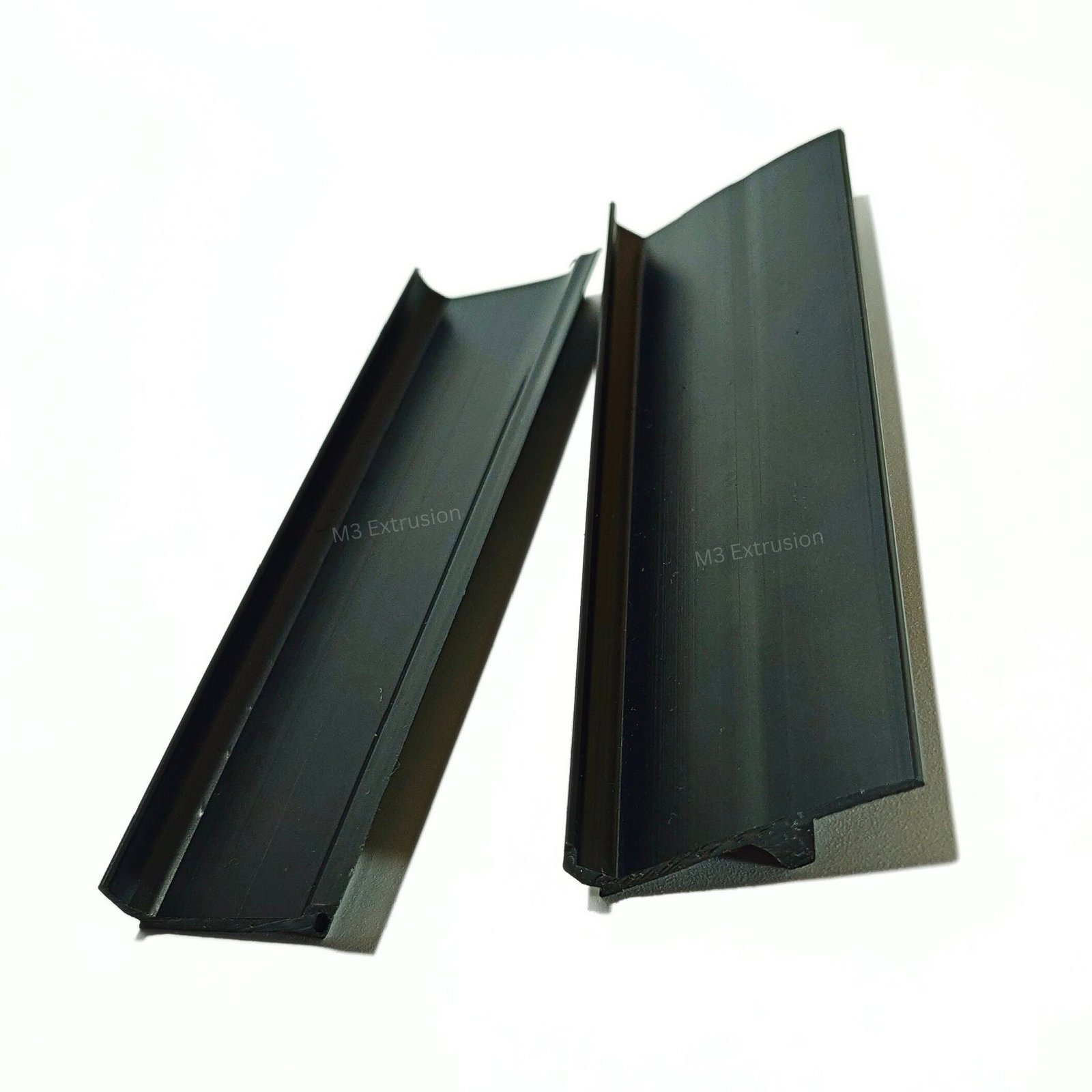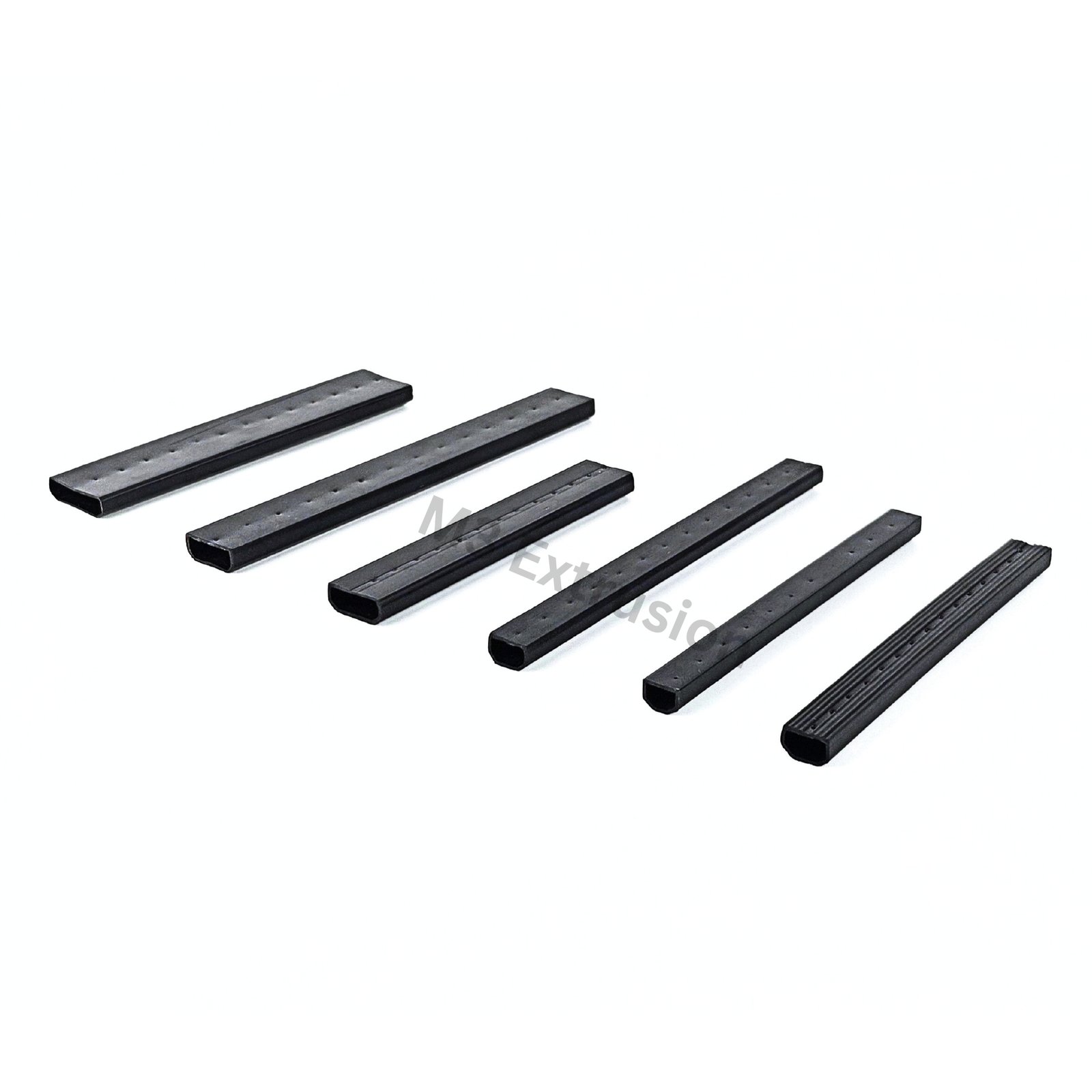Construction materials are chosen not just for strength but also for cost-effectiveness, adaptability, and long-term performance. Among the many options available, rigid PVC extrusion in India has emerged as one of the most reliable solutions. Its wide use across housing, infrastructure, and industrial projects is proof of its value. From window frames to plumbing systems, rigid PVC supports both large-scale developments and smaller installations, offering a blend of durability and efficiency that construction professionals demand.

What is Rigid PVC Extrusion?
Rigid PVC extrusion is a manufacturing process where molten polyvinyl chloride (PVC) is shaped into strong, non-flexible profiles using a die. The result is a continuous length of material that can be cut into specific sizes.
Unlike flexible PVC used in hoses or insulation, rigid PVC is structurally firm. This makes it suitable for applications where stability, resistance to stress, and long-term reliability are required.
It is widely used to produce:
- Pipes for water supply and drainage
- Window and door frames
- Wall cladding and siding
- Electrical conduits and cable ducts
- Structural profiles for industrial use
Insight 1: Strength and Durability in Demanding Environments
Rigid PVC extrusion stands out because of its ability to withstand harsh conditions. Construction environments expose materials to heat, pressure, moisture, and external loads. Rigid PVC excels in these areas:
- It does not corrode or rust like metals, which is why it is used in plumbing and drainage systems.
- It is resistant to chemicals, making it safe for industrial and urban settings.
- High impact strength ensures that pipes and profiles remain stable even under heavy load.
Rigid PVC extrusion is widely used because it is tough, weather-resistant, and capable of lasting decades with minimal wear.
Insight 2: Cost Efficiency and Long-Term Value
Affordability is one of the main reasons for the popularity of rigid PVC. For builders and developers managing large projects, small savings per unit translate into huge cost reductions overall.
- PVC is cheaper than aluminium, steel, or wood.
- Minimal maintenance lowers recurring costs for painting, polishing, or replacements.
- A lifecycle of 40–50 years reduces the need for frequent replacements.
For example, in large housing projects, replacing steel with rigid PVC for window profiles can cut costs by 20–30% while still meeting performance standards.
Insight 3: Design Flexibility and Versatility
Rigid PVC extrusion offers builders and designers a high degree of flexibility. Unlike traditional materials that need cutting, welding, or machining, PVC profiles can be created directly in the required shape through extrusion.
Key Uses in Construction:
- Windows and Doors: Lightweight yet strong, offering insulation and low maintenance.
- Pipes and Ducts: For water, gas, and electrical systems.
- Wall Panels and Cladding: Adds protection and aesthetics.
- Partition Systems: Used in offices, schools, and hospitals.
Builders often explore How Custom Plastic Profiles Solve Design and Durability Challenges, showing how extrusion supports both functional and decorative construction needs.
Insight 4: Energy Efficiency and Sustainability
Energy consumption is a major concern in modern construction. Rigid PVC extrusion contributes to energy-efficient building designs.
- PVC windows and frames reduce heat transfer, helping lower air-conditioning and heating demands.
- Buildings using PVC cladding or insulation systems report up to 30% reduction in energy consumption.
- PVC is recyclable, supporting circular economy practices and reducing landfill waste.
As India pushes for sustainable urban growth, rigid PVC provides both affordability and eco-friendliness.
Insight 5: Compliance with Standards and Easy Installation
Builders value materials that meet national and international standards. Rigid PVC extrusion is tested and certified for:
- Fire resistance
- Water and air tightness
- Mechanical strength
Its lightweight nature also makes it easier to transport and install. A single worker can handle PVC profiles that would otherwise require multiple people if made from steel or concrete. This reduces labour time and overall project costs.
Rigid PVC Extrusion in India: Current Trends
India is one of the fastest-growing markets for PVC products. Several factors are driving this demand:
- Affordable Housing: With government housing schemes, rigid PVC provides cost-effective materials.
- Infrastructure Development: Roads, metro projects, and airports use PVC conduits and profiles for wiring and drainage.
- Smart Cities: Modern city projects demand durable, low-maintenance materials like PVC.
- Industrial Demand: Factories and plants use rigid PVC for piping, cladding, and ducting systems.
Industry reports indicate that India’s PVC market is expected to grow at a CAGR of over 10% in the coming years, with extrusion being a major driver.
Technical Snapshot: Why Rigid PVC Performs Well
- Mechanical Strength: Tensile strength of ~45 MPa ensures rigidity.
- Thermal Resistance: Performs between -15°C to +60°C, suitable for most climates.
- Chemical Resistance: Withstands acids, alkalis, and industrial chemicals.
- Water Resistance: Nearly impermeable, making it dominant in plumbing and drainage.
- Service Life: Can last 40–50 years, outperforming many alternatives.
Quick Comparison: Rigid PVC vs Other Materials
Property | Rigid PVC Extrusion | Aluminium | Steel | Wood |
Corrosion Resistance | High | Medium | Low | Low |
Cost | Low | Medium | High | Medium |
Maintenance | Very Low | Medium | High | High |
Service Life | 40–50 years | 20–30 years | 15–20 years | 10–15 years |
Energy Efficiency | High | Medium | Low | Medium |
FAQs on Rigid PVC Extrusion
1. What is rigid PVC extrusion used for?
Rigid PVC extrusion is used in construction for pipes, doors, windows, conduits, cladding, and structural profiles. Its strength and affordability make it a common choice in large projects.
2. Why is rigid PVC popular in India?
Rigid PVC extrusion in India is popular because it offers a balance of low cost, high durability, and energy efficiency. Builders and developers use it widely in both housing and infrastructure.
3. Is rigid PVC extrusion energy efficient?
Yes. When used in windows and cladding, rigid PVC helps reduce heating and cooling demands, lowering energy consumption. This makes it valuable in green building projects.
4. How long does rigid PVC last in construction?
Rigid PVC can last up to 50 years without significant maintenance, making it one of the most durable materials for construction and industrial use.
5. Can rigid PVC be customised?
Yes. Rigid PVC extrusion allows manufacturers to create custom profiles in bulk, adapting to specific requirements for construction or industrial projects.
Conclusion
Rigid PVC extrusion has become a cornerstone material in construction, offering durability, cost savings, energy efficiency, and design versatility. In India, its importance continues to grow as urbanisation and infrastructure projects expand. For builders, contractors, and industrial buyers, rigid PVC delivers the long-term value and adaptability that modern construction demands.



